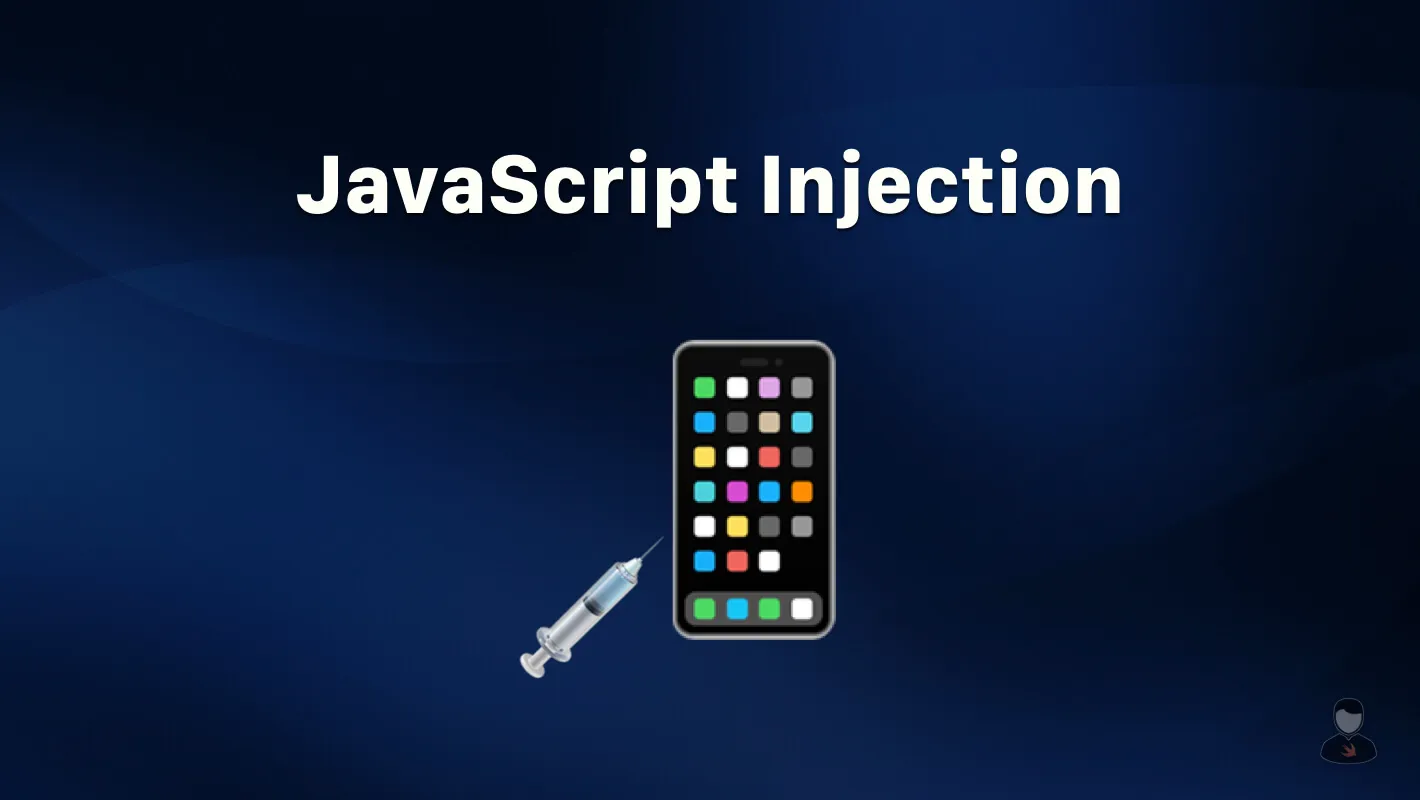Web injects, also known as cross-site scripting (XSS) attack, are a type of malicious code used by cybercriminals to inject or “inject” unwanted code in webpages.
The goal of Web injects is to alter a legitimate webpage in order to gain access to user information, insert malicious scripts and downloads, and spread unwanted advertisements. Attackers are able to inject their own code into webpages, such as HTML, JavaScript, and other types of code. This code is usually designed to be malicious and can be used to redirect users to fraudulent websites, insert advertisements, or disrupt the site functionality.
Web injects can be used to target virtually any type of website, including banking and financial services, eCommerce sites, and online payment gateways. Attackers typically target websites with poor security measures, such as using outdated security protocols or that do not have sufficient firewalls.
There are several types of web injects that includes client-side, server-side, and client-server-side Web injects. In the case of client-side injects, attackers directly insert code into a website’s HTML form in order to gain access to sensitive information. Server-side injects involve inserting malicious code into web applications or servers to gain access to a system’s protected resources. Client-server-side Web injects involve combining malicious code from both the client and server side into a single malicious script.
In order to protect against web injects, websites must be secured and all software must be kept up to date. It is also recommended to use strong encryption and authentication when transferring data over the Internet. Additionally, webmasters should use secure coding practices and input validation in order to detect any malicious activity.






